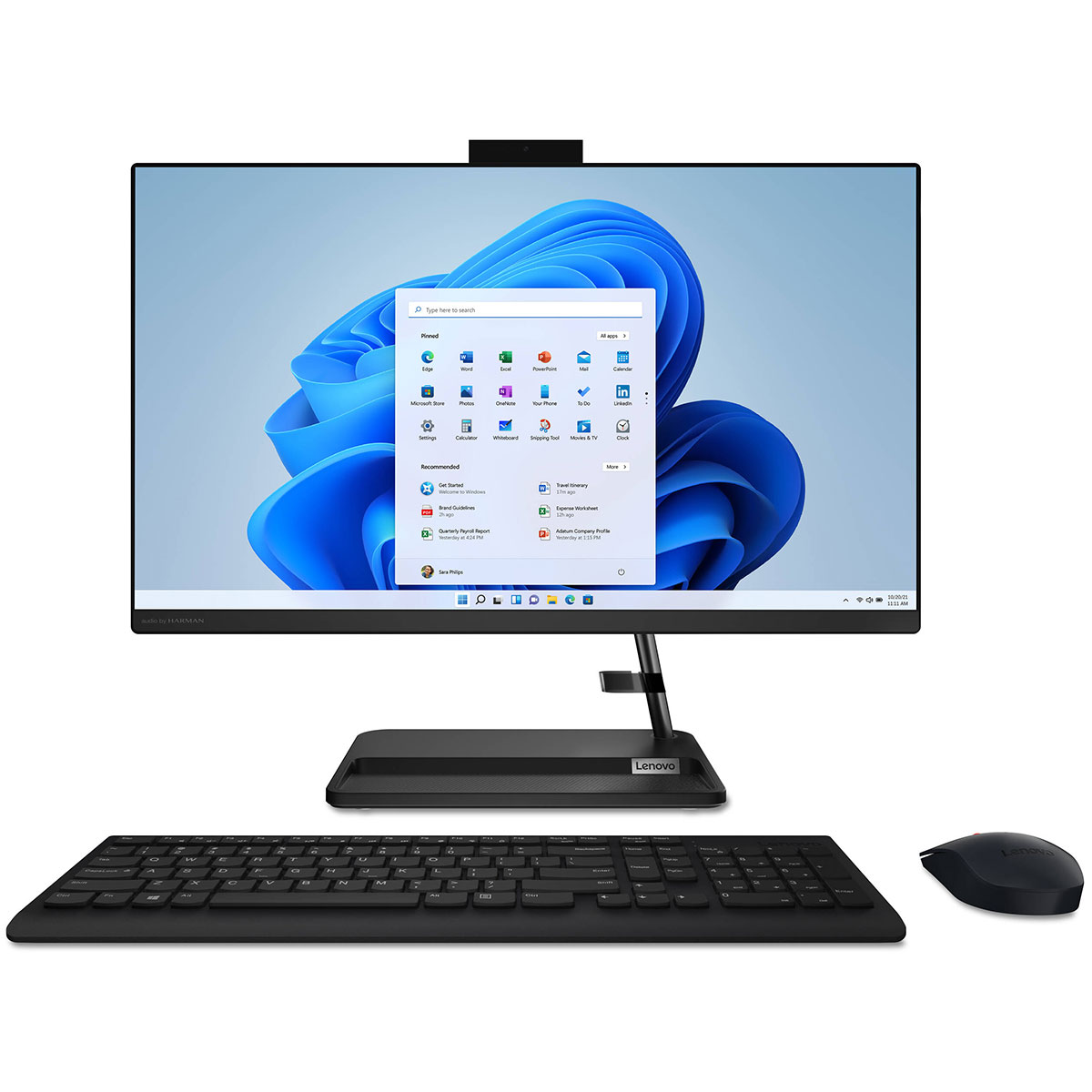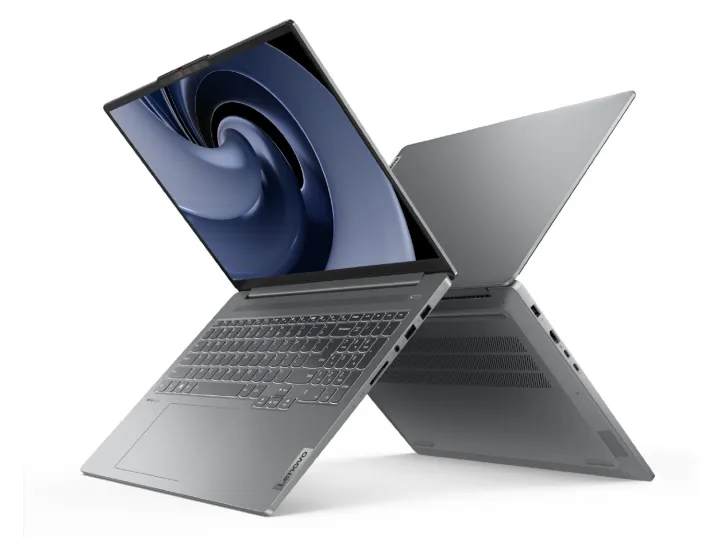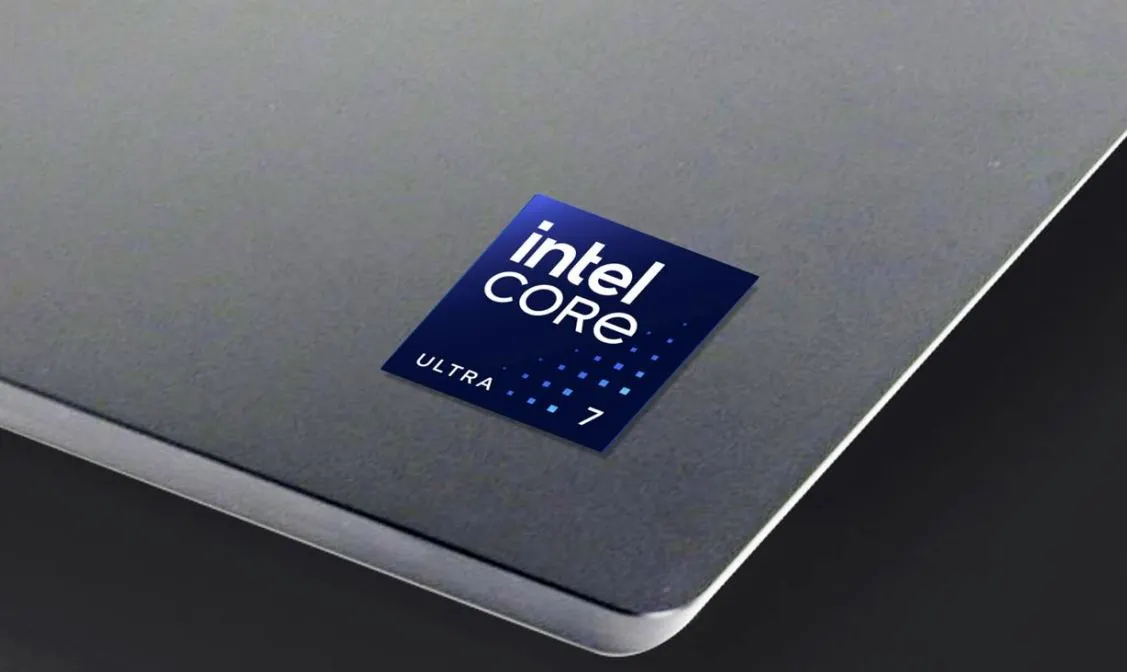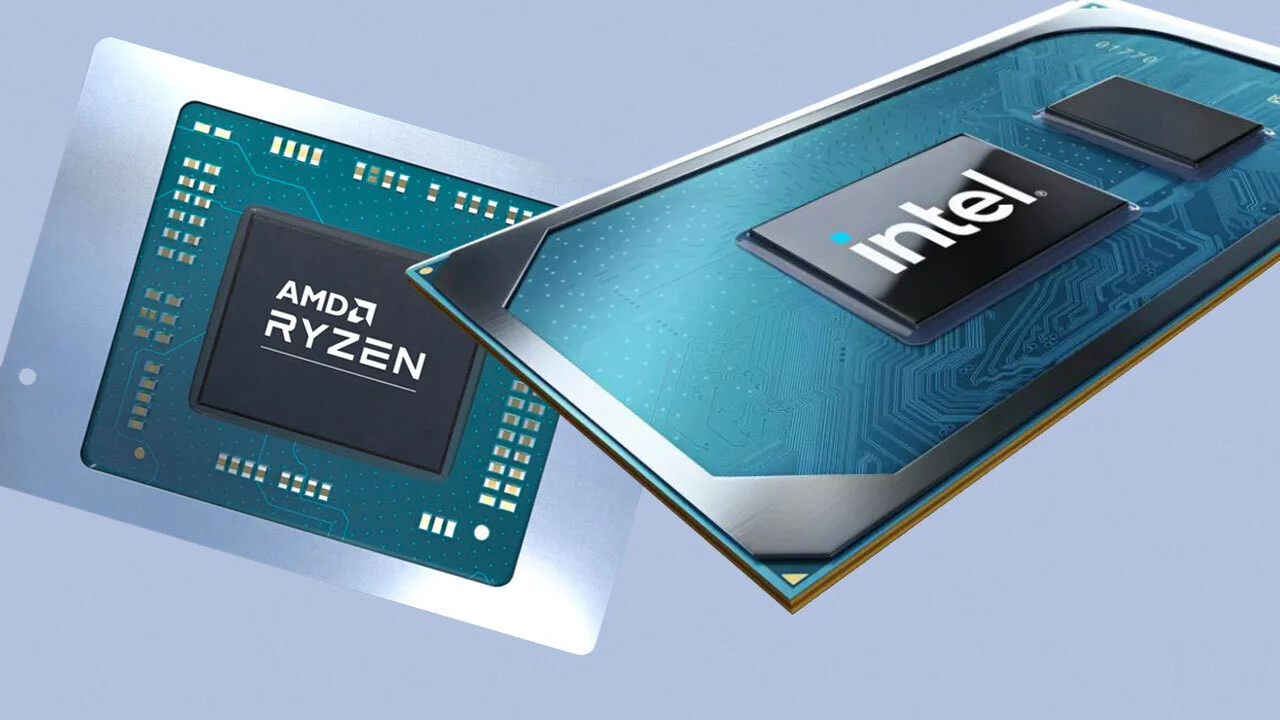Intel’s hardware requires specific drivers to operate effectively, which often involve the collection of telemetry data. This data collection helps Intel optimize their drivers and hardware performance, identify issues, and enhance user experience. However, it has also raised privacy concerns among users. In this comprehensive article, we will explore the nature of Intel’s driver-related telemetry, how they collect data, the benefits, and the considerations for user privacy.
Understanding Telemetry in Intel Drivers
The Purpose of Telemetry
Telemetry refers to the automated process of collecting data from remote or inaccessible points and transmitting it to receiving equipment for monitoring and analysis. In the context of Intel computer drivers, telemetry involves collecting information about system performance, driver functionality, and hardware operation. Intel uses this data to improve efficiency, troubleshoot problems, and guide future driver development.
What Intel Drivers Collect
Typically, Intel driver telemetry may include information such as device operation status, system performance metrics, and usage patterns. Importantly, Intel intends this data to be diagnostic and not personally identifiable, aiming to inform the company about the collective experiences of users to drive improvements in products and services.

The Process of Data Collection by Intel
Automatic Data Transmission
Once Intel drivers are installed, they typically initiate automatic data transmission processes. This involves sending collected telemetry to Intel servers at regular intervals. The data contains valuable insights on how drivers and hardware interact with different operating systems and software applications, providing a real-time flow of information for analysis.
User Control and Options
Users are often given some level of control over telemetry data collection. Within driver settings or during the installation process, Intel may provide options allowing users to opt-in or opt-out of data collection. Understanding and utilizing these options can give users more control over their privacy and the information being transmitted.

Advantages of Telemetry for Users
Enhanced Product Development
Telemetry data plays a crucial role in advancing Intel’s product development. By analyzing aggregated data, Intel can identify common issues, develop more stable drivers, and improve system performance, directly benefiting the end user with a more reliable experience.
Proactive Problem-Solving
Intel can also use telemetry data to anticipate and solve potential issues before they affect a significant number of users. Telemetry helps in creating patches and updates that address these issues, fostering a proactive approach to maintaining system stability and performance.

Balancing Data Collection with Privacy Concerns
Transparency in Data Usage
In the face of privacy concerns, transparency about what data is collected and how it is used is paramount. Intel has made efforts to document and communicate their data collection practices, allowing users to make informed decisions about participating in the collection of telemetry data.
Ensuring Security and User Consent
Intel’s responsibility includes ensuring the security of the telemetry data collected and maintaining user consent as a cornerstone of their data collection policy. Users should have the ability to easily opt-out of telemetry without compromising the functionality of their hardware or the associated drivers.

The Significance of Telemetry for Future Innovations
Driving Product Evolution through User Insights
Telemetry data is not only about immediate improvements but also about long-term innovation. Insights gathered from Intel drivers can lead to developing new features and products that align with how users interact with technology. Intel can refine its focus on what matters most to consumers by understanding how systems are stressed or underused.
Adapting to Emerging Technologies with Data
As technology evolves with the advent of AI, machine learning, and IoT devices, telemetry data becomes increasingly critical. It allows Intel to prepare for changes in computing demands by adapting its products to support emerging technologies and ensuring they are capable of seamless integration.

Strategies for Protecting User Data
Implementing Data Anonymization Techniques
Protecting user privacy involves employing techniques for data anonymization. Intel must ensure that telemetry data cannot be tracked back to individual users, thereby keeping personal information secure. By investing in advanced anonymization algorithms, companies like Intel can collect useful data without exposing user identities.
Compliance with Global Data Protection Regulations
Intel must navigate the complex landscape of global data protection laws, like GDPR in Europe and other regional regulations, which aim to safeguard user data. Compliance with these laws not only builds user trust but also promotes responsible data collection and usage practices.
User Education on Telemetry Benefits and Safeguards
A major challenge Intel faces is educating users about the benefits of telemetry and the safeguards in place to protect their data. Transparent communication can dispel myths, alleviate fears, and gain user support for telemetry initiatives by clearly articulating its role in enhancing user experiences.
Continuous Improvement of Data Collection Methods
Intel, like any technology company, must constantly improve its data collection methods to minimize any potential impact on privacy while still gleaning the necessary insights. This includes developing less intrusive data collection techniques and providing users with straightforward tools for managing their data preferences.
Reflecting on the Future Landscape of Data-Driven Technology
Embracing Telemetry with a Focus on User Autonomy
As we reflect on the evolving relationship between data collection and user privacy, the key takeaway is the need for a user-centric approach. Intel’s use of telemetry data can unlock vast potential for technological growth and tailored user experiences. However, this requires a commitment to empowering users with greater autonomy over their data. By providing clear options and robust privacy controls, Intel can ensure the realization of telemetry benefits without compromising individual privacy. The future of data-driven technology relies on this harmonious integration of user empowerment and innovative data utilization, steering towards a more informed, efficient, and user-respecting era of computing.
The collection of telemetry data by Intel computer drivers is part of modern computing. It can greatly aid in improving and optimizing hardware and software performance. Despite potential privacy concerns, telemetry has tangible benefits. It helps in the timely identification and remediation of driver issues. It also improves overall system performance. Users need to understand how telemetry works. They should know the scope of data being collected. They must utilize their control over the process to maintain privacy. Intel faces the challenge of balancing data needs with user transparency and security. They need to maintain user trust in an age where data privacy is critical.
